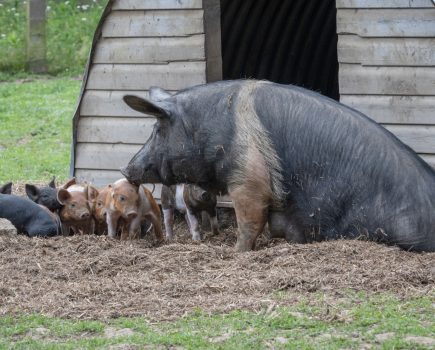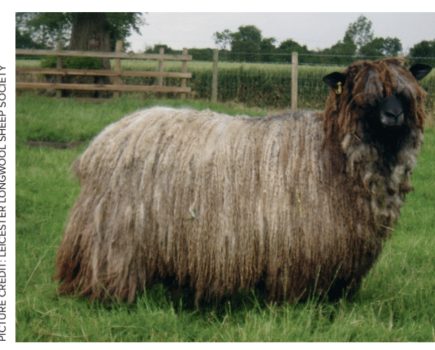Q – We are aware of the threat to honeybees and would like to establish a hive on a grassy bank behind the car park at our office on a business park. Is this realistic, and how much is it likely to cost?
Jules Moore replies: Keeping bees in urban settings is growing fast. The critical things to consider are public safety and the availability of forage. The hive needs to be away from public view, either behind a fence or (a popular urban alternative) on top of a flat roof with some protection against the wind. A bee will fly up to three miles to find pollen and nectar, so there needs to be a reasonable quantity of hedges, gardens or parks around you to supply them. Draw a six mile wide circle around your office and drive around to see what is available. It is generally thought that urban bees do better than their country cousins, due to the wide range and availability of flora in parks and gardens
Any beginner would need to go on a course, as there is a lot to learn – eg about swarming and diseases. You would also need to spend about half an hour a week in the spring and summer checking on the bees. It is important the hives are checked regularly, to prevent swarming, so you may need two people. You would need to invest more time to collect and extract any honey, mainly in summer, but also in a good spring. In the autumn, we replace the honey stores with regular feeds of sugar syrup, but, in the winter, the bees should not be opened up.
You will get plenty of support if you join your local beekeeping organisation, which should be able to supply you with a mentor to help you initially.
To buy a starter kit of hive, suit and all the materials you need to get under way would cost about £400, plus a nucleus of bees is about £180. Ideally, you should have two hives, in case one is out of commission, but it is less crucial if you are supported by an association. A second hive would cost about £200.







